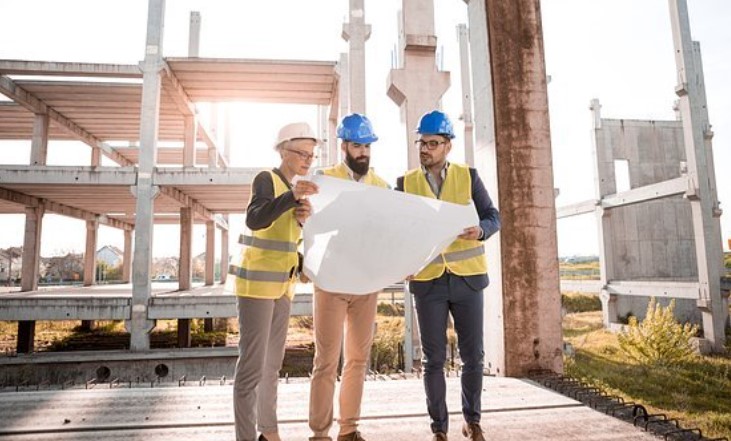As the United States ramps up its infrastructure spending, construction contractors are feeling both optimistic about the potential for new public-sector work, and challenged to find the skilled workers and materials needed to complete projects efficiently.

Pace of Infrastructure Spending
The 2021 Infrastructure Investment and Jobs Act (IIJA) represents the biggest infrastructure investment in more than six decades, with a price tag of $1.2 trillion. However, contractors are reporting that little of the funding has translated into new projects so far. Only 5% of survey respondents reported having worked on new projects that have received funding from the IIJA. A further 6% reported having won bids but not yet started work, while 5% had bid on projects but not yet won any awards. Nearly 21% of respondents planned to bid on projects but felt that nothing suitable for them had been offered yet.
Skilled and Unskilled Labor Shortages
Labor shortages have plagued the construction industry since the start of the COVID-19 pandemic, and 2023 looks set to continue that trend. The industry needs a half-million more workers than its normal pace of hiring to meet project demand throughout the year. This labor shortage is compounded by a skills shortage as younger people choose not to enter the skilled trades. All of this puts upward pressure on wages and exacerbates the already high costs of construction projects.
Cost and Availability of Materials
Materials costs continue to be a significant concern for contractors, with nearly 75% of survey respondents ranking them as a top challenge. In 2022, material costs rose by 7.2%, well ahead of the 6.5% increase reported by the Consumer Price Index. Construction contractors have had a difficult time getting the equipment and materials they need when they need them, as supply chains remain disrupted.
Accelerations versus Postponements and Cancelations
The turbulent economic environment has led to varying approaches to construction projects. Some owners and contractors have accelerated construction schedules to complete planned projects and mitigate their financial risk. Others have put projects on hold or canceled them outright citing inflation and rising costs as their primary reasons. Of those surveyed, nearly 40% reported that their 2022 projects had been postponed but rescheduled, while over 35% said that they had not been rescheduled or had been canceled altogether. Thirteen percent of firms already have postponed projects scheduled to begin in the first half of 2023.
COVID Complications
Many contractors are still dealing with the fallout from COVID-19 as they enter 2023. They are waiting for payments from owners, insurance companies, or the courts for PPE and other health and safety expenses related to the pandemic. Meanwhile, others have been disappointed to find that contract provisions for “force majeure” or related clauses do not protect them from responsibility for COVID-related delays and cost overruns. Overall, contractors have sought legal relief under these contract provisions, but with mixed success.
Final Thoughts
The public sector is offering hope to contractors struggling to find private sector work. However, the slow pace of funding is a concern, and the labor and materials shortages that have plagued contractors in recent years show no signs of abating. As unique challenges continue to pile up, construction contractors will face strong headwinds as they navigate the year ahead.

Comments